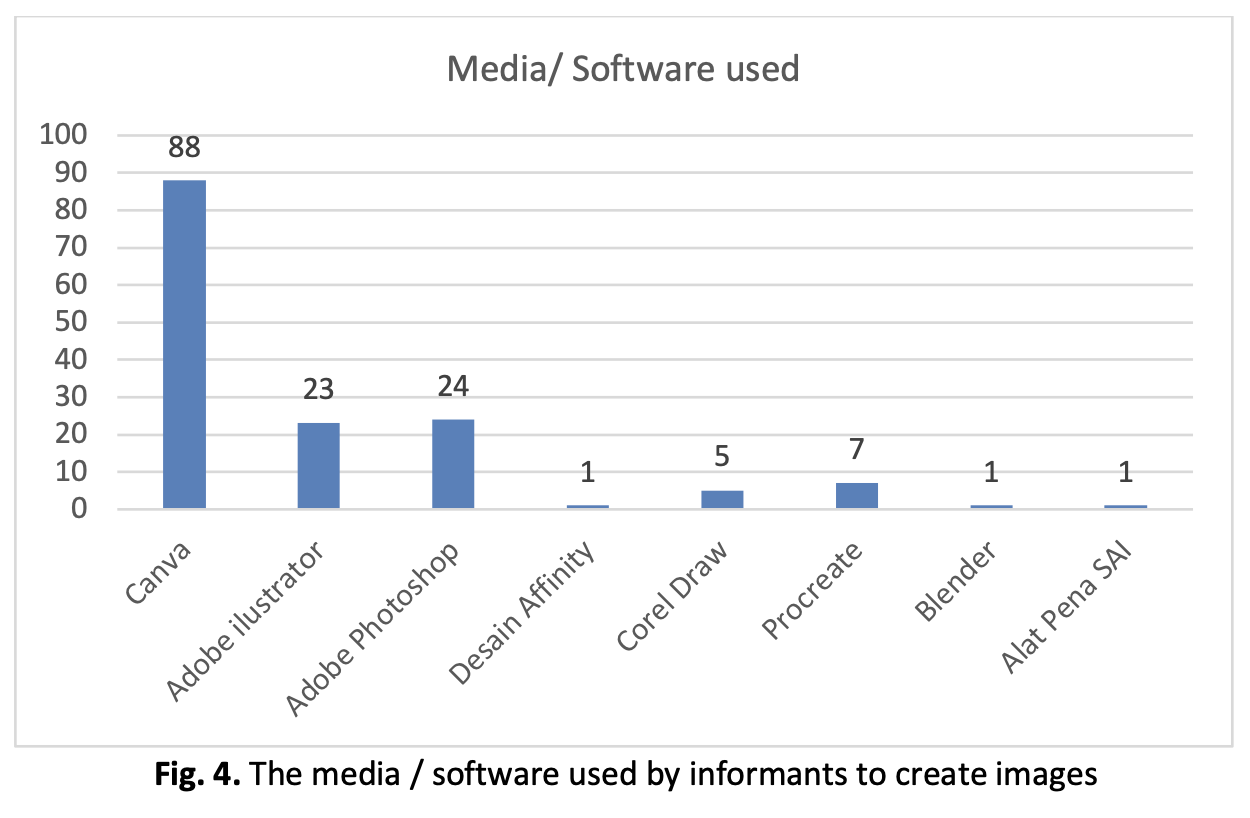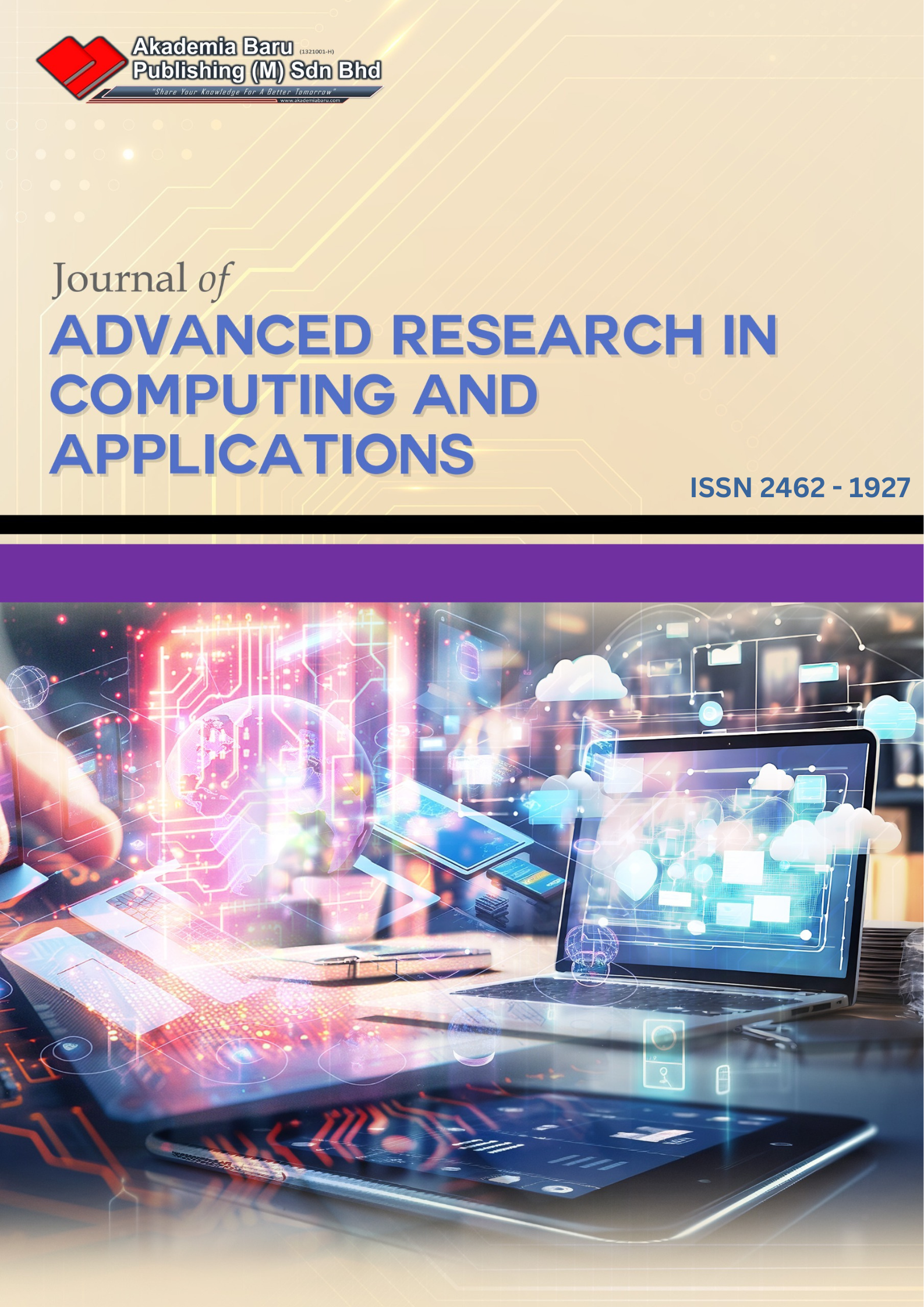Overview of Visual Literacy and Facility Support in Higher Education - Case of Indonesia and Malaysia
DOI:
https://doi.org/10.37934/arca.37.1.3349Keywords:
Basic knowledge, campus support, interests, learning media, visual literacyAbstract
Visual literacy is a skill that is owned by someone as a form of visual communication. Visual literacy skills are crucial to learn, especially for university students to receive and translate objects more quickly in order to improve and increase their learning achievements. The main objective of this study was identified and discuss the relationship between the understanding of visual literacy of students and university teachers in Indonesia and Malaysia to the learning media used and the use of university facilities. This study employed qualitative research, using purposive sampling method. Six respondents who were students and lecturers from the State University of Semarang (UNNES), Indonesia and Universiti Teknologi Mara (UiTM), Kelantan, Malaysia particapated in this study. The results of the sudy indicated that Indonesian and Malaysian respondents had visual literacy knowledge, although there were differences in visual interest and duration. The results further showed that in visual terms, Indonesian respondents tended to prioritize quantity, while Malaysian respondents prioritized quality. In addition, the use of learning media for Indonesian respondents tended to be less varied than that of Malaysian respondents. The results also found that the campuses in both countries provided supporting facilities. Indonesian respondents however have not used it well, while Malaysian respondents indicated that they use campus facilities to learn visual literacy. The aim of this study is to contribute to the process of improving visual literacy learning in Indonesia and Malaysia and further adding to the body of knowledge.
Downloads















